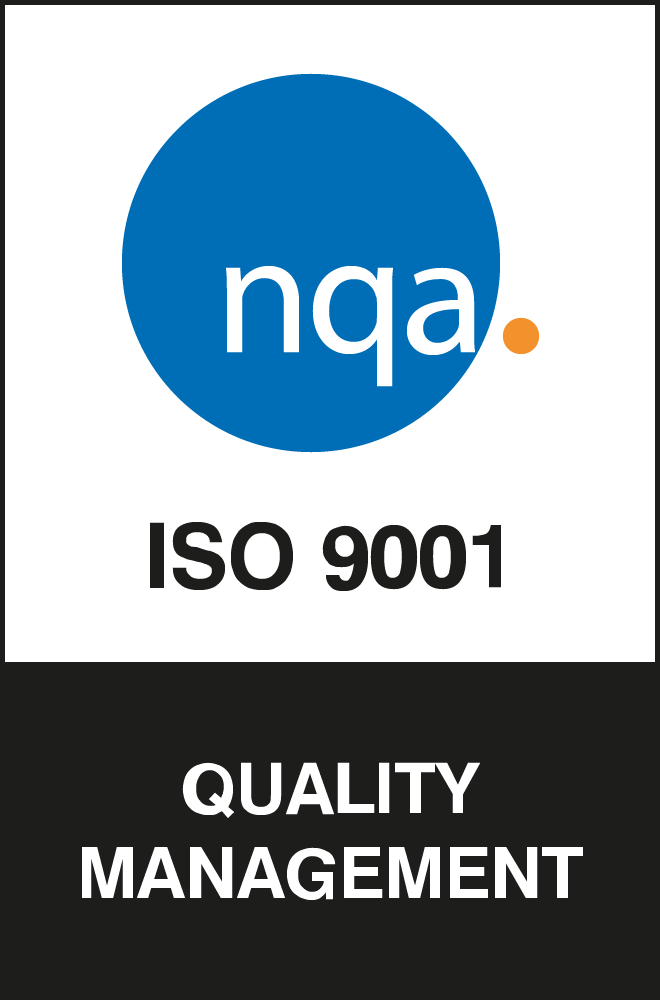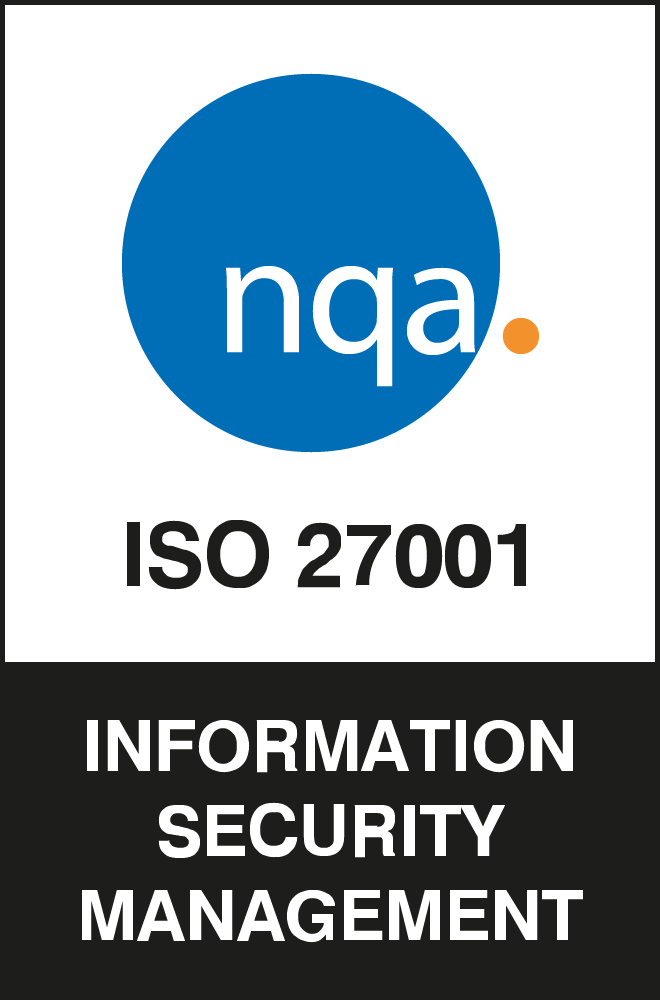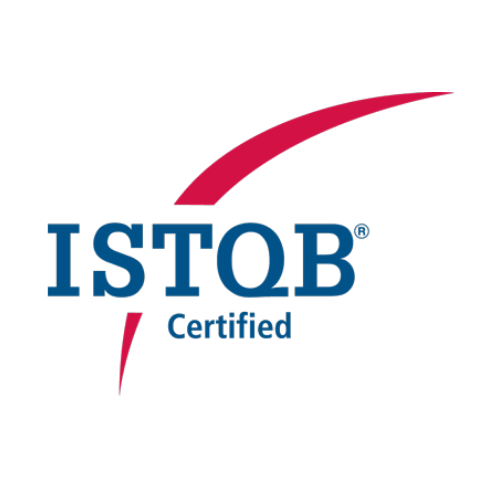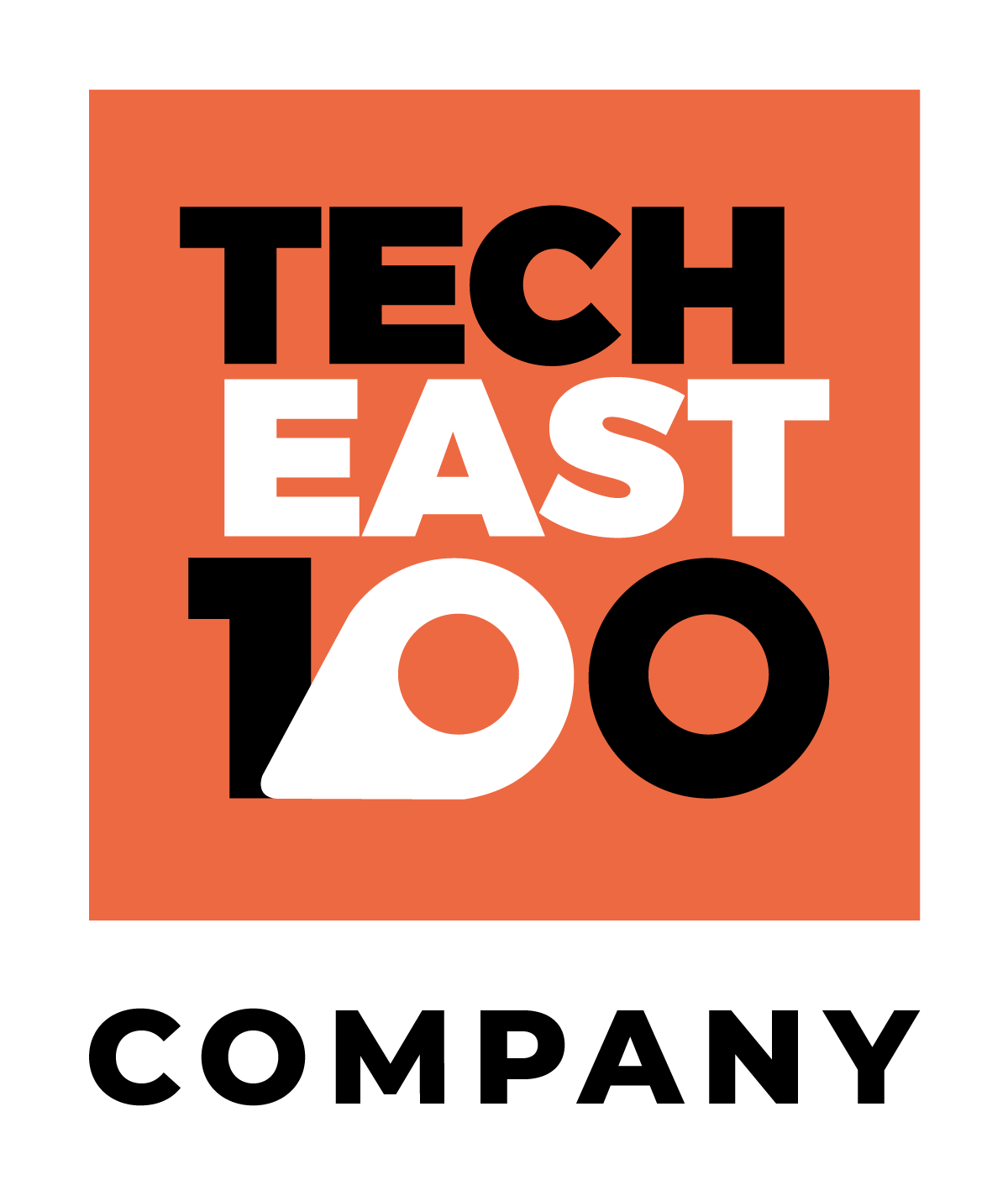There is increasing pressure on manufacturing and supply chain businesses to adopt new technologies for the benefit of their employees, customers and shareholders.
But what technologies are the most important and which will have the greatest impact?
Read on to find out this year’s top manufacturing and supply chain management technology trends.
What is digital supply chain transformation?
Put simply, digital supply chain transformation is the process of implementing new technologies within the supply chain to improve processes, increase agility and produce better products and services.
Of course, there is no set roadmap for digital transformation, each business must take stock of their current technological position and design a pathway to their specific digital transformation.
Supply Chain Technology Trends 2023
AI and ML Platforms
A technology trend emerging amongst supply chain software solution providers is embedding existing applications with artificial intelligence and machine learning, creating a seamless platform for tasks like data collection, reporting, planning and complex data analytics to take place.
This approach is proving to be more cost-effective and feels less risky for smaller businesses in the supply chain industry.
However, larger businesses with greater research and development capital at their disposal are investing in creating bespoke AI/ML applications that provide insight into areas of the supply chain that are not explored by existing applications.
Global corporations with custom AI/ML tools can gain a huge competitive edge over their competitors who do not which is why plenty of time and resources are being poured into this area.
AI and ML, in general, have huge potential and as advancements in this field continue, we can expect to see even more intelligent insights and analytics for the supply chain industry.
Driverless Trucking
We are unfortunately still a few years away from seeing autonomous driving trucks delivering goods from one location to another.
However, in 2023, we will continue to see investment continue to flood into research and development in this area purely because of the excitement this technology has garnered and the potential return on investment for businesses operating within the supply chain.
Whilst it’s unlikely we’ll see driverless trucks on the roads this year, steady progress towards this has been made in previous years and we shouldn’t expect any different in 2023.
Experiential Training
With social distancing guidelines still necessary, supply chain companies are expected to utilise virtual reality and augmented reality technologies to replace their formerly in-person training.
Some companies are already using mixed-reality tech to improve their new employee onboarding processes and provide their existing employees with fully immersive virtual training experiences in realistic working environments – all without sacrificing the health and safety of their staff members.
Supply Chain Security
Global security risks and breaches are on the rise and are impacting every industry.
Experts predict that new security solutions will begin emerging as technology trends to protect supply chain businesses from the threat of data leaks, privacy breaches and cybercrime.
All of these could cause catastrophic damage to a business’ cash flow, reputation and everyday operations if the business isn’t protected.
Gartner outlines the following as technology trends that we can expect to be used to improve security within the supply chain:
- Advanced track and trace solutions
- Smart packaging
- Next-gen RFID
- NFC capabilities
Automated Communication and Smart Contracts
Automatic communication and smart contracts are two technologies that will improve efficiency and clarity within the supply chain industry. They work by initiating actions or protocols depending on whether specified criteria are met.
In terms of automated communications, this could mean a customer automatically receiving an email from the supplier to let them know their order has been dispatched or in the case of smart contracts, this would look more like the automated payment of a deposit when an invoice is received.
With these technologies, communication and essential business processes can be streamlined and made much simpler, saving supply chain management personnel both time and resources.
Manufacturing Technology Trends 2023
Technology-Enabled Glocalisation
With governmental closures of international borders still taking place in response to the Covid-19 pandemic, business travel is restricted and overseas trade is presenting more difficulties than ever.
To remain competitive in this environment, many manufacturers will adapt their focus to balancing local business options with their global options.
With this in mind, experts predict lots of time and money will be spent throughout 2023 to develop tech solutions that enhance the adaptability and efficiency of manufacturing businesses both large and small that choose to operate in local regions.
Fully optimised, strong, agile business models will allow manufacturing companies to continue to thrive through these uncertain times.
Edge Computing and Data Processing
Like many sectors, the manufacturing industry will need to boost its agility and become more efficient to remain competitive in 2023 and the future post-pandemic world. Newer technologies like collaborative robotics (or cobots) require manufacturing business leaders to rapidly respond to evolving situations. For this technology to run optimally, computing power and data processing must move to the ‘edge’ or at least shift closer to where the data is being inputted to reduce latency and enhance processing efficiency.
Manufacturing businesses that make the move to the edge can also benefit from improved safety and cyber-security.
3D Printing
3D printing is not exactly a new technology but many big players in the industry are, as a result of the medical supply issues brought by the Covid-19 pandemic, waking up to just how useful it can be when used temporarily to alleviate pressure from shortages created by unexpected surges in consumer demand.
Manufacturers are looking into incorporating 3D printed elements into their products to create culminations of traditional and new parts that yield better performance, reduced costs and improved sustainability.
Further IIoT Investment
IIoT or Industrial Internet of Things is set to receive huge amounts of investment in 2023 as industry leaders rush to capitalise on this rapidly expanding technology.
IIot is made up of connected sensors that collect and communicate data that’s essential to optimising operational processes, identifying areas of improvement and accelerating successful digital transformation.
Experts say that early adoption of IIoT tech is instrumental in determining businesses in the manufacturing industry’s future success and ability to remain competitive.
Industry 4.0
Industry 4.0 refers largely to what experts are defining as the fourth industrial revolution. This trend is different from the other nine in this blog because it encompasses all of them.
Industry 4.0 is characterised by the widespread adoption of new technologies such as IIot, edge computing, AI and ML to bring about a new age in the industry.
Manufacturing businesses need to take advantage of all of these technology trends to remain competitive, relevant and successful as well as avoiding being left in the past.
Is there an app or software that you feel would improve processes in manufacturing and supply chain management?
Our dedicated team is passionate about innovation in all fields and would love to hear about your idea for a new project. Get in touch with us today to see how we can help you bring your app or software ideas to life.























